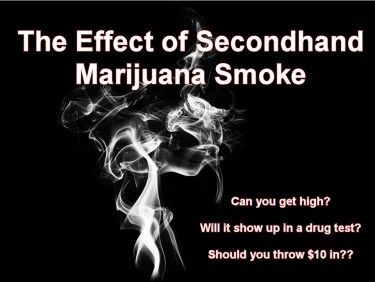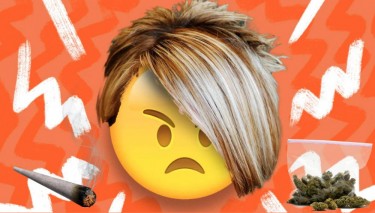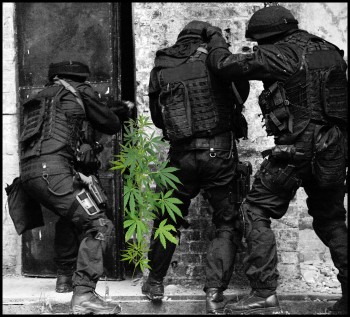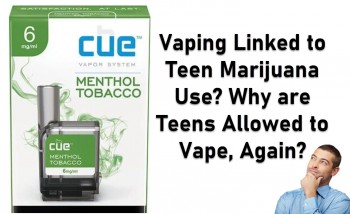
All forms of tobacco smoke, firsthand and secondhand, are extremely toxic to the human system. People often assume that secondhand smoke is less harmful than thirdhand smoke, but scientists have established that exhaled smoke contains hundreds of toxic and carcinogenic chemicals.
The American Lung Association revealed that at least 41,000 annual deaths could be traced to secondhand tobacco smoke. This is the primary reason why smokers are always advised not to smoke in public spaces or indoors when other household members are present. Thousands of non-smokers have developed life-threatening health conditions due to this. Some of the severe illnesses that develop in smokers and non-smokers due to tobacco smoke include lung diseases, heart diseases, bronchitis, and stroke.
Different statistics corroborate the scientists' claim that secondhand smoke is harmful. For example, the Center for Disease Control and Prevention (CDC) reported that up to 8,000 fatal stroke cases could be linked to secondhand smoke. Annually, over 7,000 lung cancer mortalities and about 33,000 untimely deaths due to cardiac diseases are contributed by non-smokers.
Secondhand Bong Smoke
Latest reports state that exhaled particles from cannabis smoke, either from vapes, bongs, or rolls, contain toxic chemicals. Last year, researchers in Berkeley disclosed that secondhand bong smoke could have as many damning effects as tobacco smoke, depending on how much particulate matter is released into the environment.
The heavy restrictions on cannabis research due to federal prohibitions have limited the amount and quality of research done on cannabis plants. To fully comprehend how harmful bong smoke is, a whole lot of experiments need to be done.
When combusted, tobacco products such as cigars, cigarettes, and pipes give off particles that settle in dust and sometimes indoor surfaces. These particles remain there long after the smoke has evaporated or the effects of the hit have worn off. Research shows that these particles end up being ingested indirectly or inhaled from these resting spots.
The Berkeley study pointed out that non-smokers are overly exposed to air pollutants. It is worrying that the concentrations of air pollutants in the environment today are at least twice the standard quality limits. The more air pollutants in an area, the more exposed smokers and nonsmokers are.
Researchers at the University of California, Berkeley, published this study in JAMA Network Open. They positioned an aerosol monitor in the living room of a bong smoker to measure the quality of air a visitor might be exposed to. The monitor measured the delicate particulate matter (PM2.5) in the living room while the room's occupant and his friends smoked bongs for about 120 minutes. After eight sessions, the instrument noted the precise PM2.5 levels before, during, and after each session.
The results suggested that cannabis bong smoking increased the PM2.5 background levels by over 100 folds. Less than 15 minutes after the young adults started their session, the PM2.5 rose to extremely high levels, more than the accepted air quality levels. The Environmental Protection Agency says particulate matter can travel into the respiratory tract and induce adverse impacts on regular lung functions. Hence, it is essential that air quality levels are maintained at all times.
It's always advisable to smoke outdoors.
One of the researchers is Patton Nguyen, a UC Berkeley graduate and fellow. The team is headed by School of Public Health Professor Katherine Hammond. The main conclusion of the research noted that the harm that arises from smoking indoors is not worth the temporary high. Nguyen said that smoking indoors affects non-smokers the same way it affects smokers.
Smoking bongs or tobacco indoors in apartments shared with non-smokers is growing to be a public health concern.
Nguyen emphasized that cannabis bong smoke could even be more harmful than tobacco smoke. The report noted that the aerosol measured the PM2.5 concentration of cannabis smoke to be at least four times the amount of particulate matter in secondhand tobacco smoke.
Professor of epidemiology Dr. Silvia Martins commented on the limited research in this area. Silvia, who also serves as the Director of the Substance Use Epidemiology Unit at the Mailman School of Public Health, Columbia University, said that the Berkeley study is the first of many in a controlled area.
Weed Clinical Trials
The future of weed clinical trials rests solely with the federal government.
The chairman of Rutgers Medical School's department of anesthesiology, Dr. Alex Bekker, said that observational studies like the Berkeley study are not scientific enough to make precise claims about a drug and its impacts. He noted that the Berkeley study merely measured hazardous particles in the air without giving much attention to the effects of these particles on smokers' and nonsmokers' health. According to Bekker, the Berkeley research is not sufficient enough to link cannabis smoke with potential diseases. That's why clinical trials are needed.
The current federal laws are dragging back the evolution of cannabis clinical trials. Any institute that plans to carry out phase 2 and phase 3 clinical trials on cannabis must go through several hurdles to get their permits approved. The difficulty obtaining these permits has made several laboratories and universities lose interest in studying the plant.
Considering the fact that cannabis is now legal for medical consumption in about 33 states and can be freely consumed for recreational purposes in 16 states, it is infuriating that the regulatory paperwork to study the plant and its effect on human health is still so time-consuming and expensive.
Last Note
Neurology Professor Margaret Haney of Columbia University Medical Center added that it took her more than nine months to obtain a research license for cannabis. Her case is even more difficult because she is a federally funded scientist. There are close limits on how she can study or handle the plant. Federal laws must be changed soon to allow researchers full access to cannabis research.
Nguyen and Hammond said they would be conducting and releasing more comprehensive studies to raise awareness of the adverse impacts of secondhand bong smoke. Hopefully, the MORE ACT will get passed soon enough to make cannabis more accessible for clinical investigations and studies.
SECOND HAND SMOKE, READ MORE..
WHAT ARE THE EFFECTS OF SECOND HAND SMOKE?
OR..
SECOND HAND CANNABIS SMOKE, REAL THREAT OR JUST A KAREN ISSUE?








